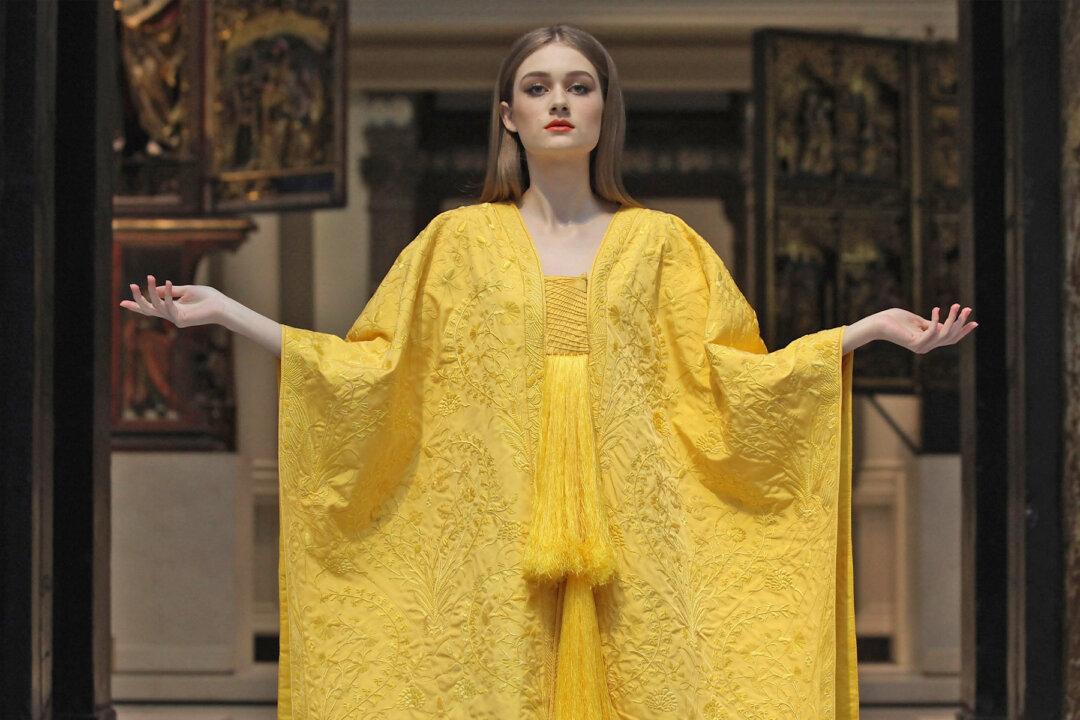The golden orb-weaving spider may look beastly, but the female’s large silver-black abdomen holds silk so beautiful that people have been trying to harvest it for hundreds of years.
The spider—scientific name Nephila inaurata madagascariensis—is native to Madagascar and is entirely harmless to humans, according to the Saint Louis Zoological Park, Missouri.





